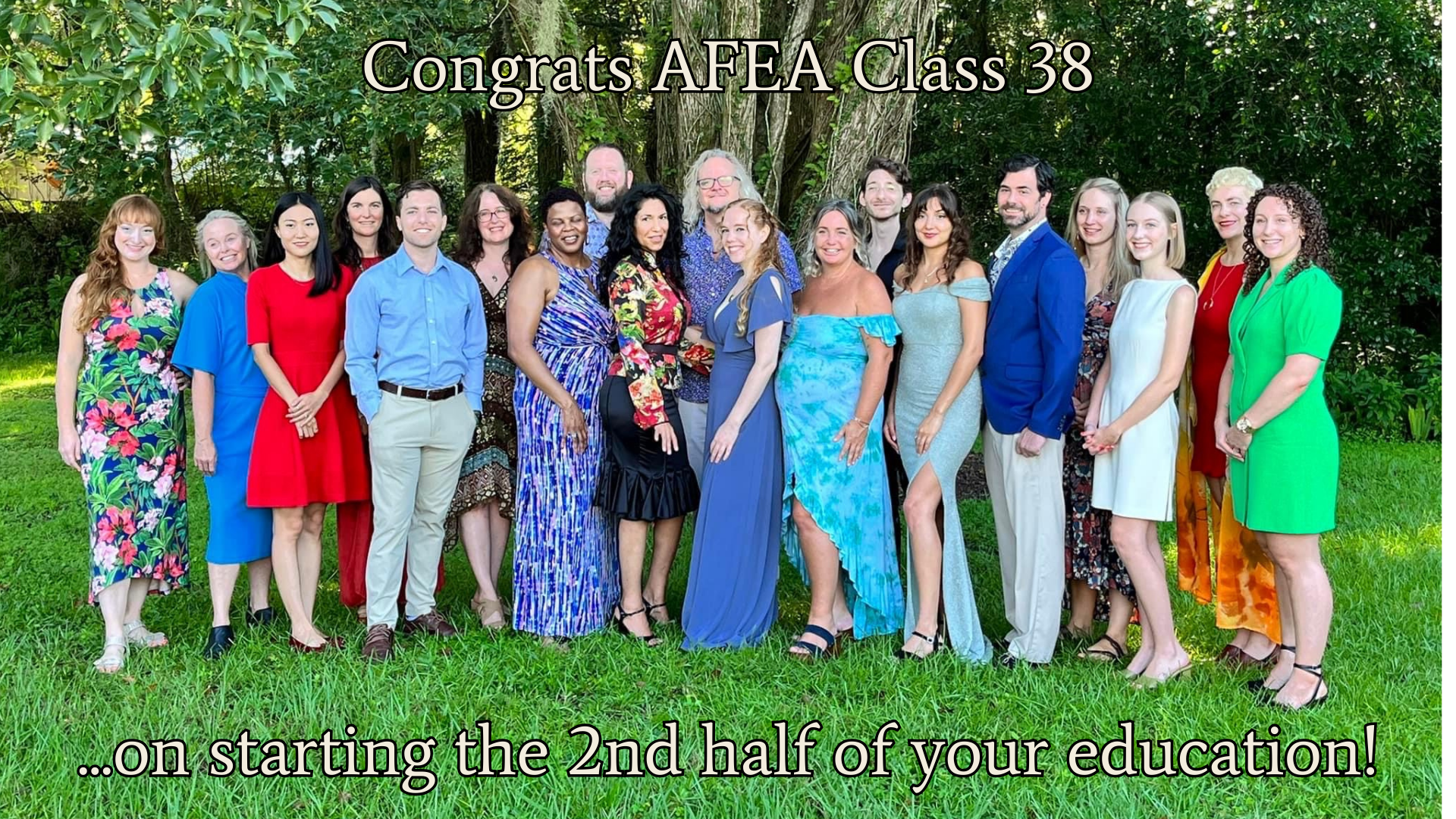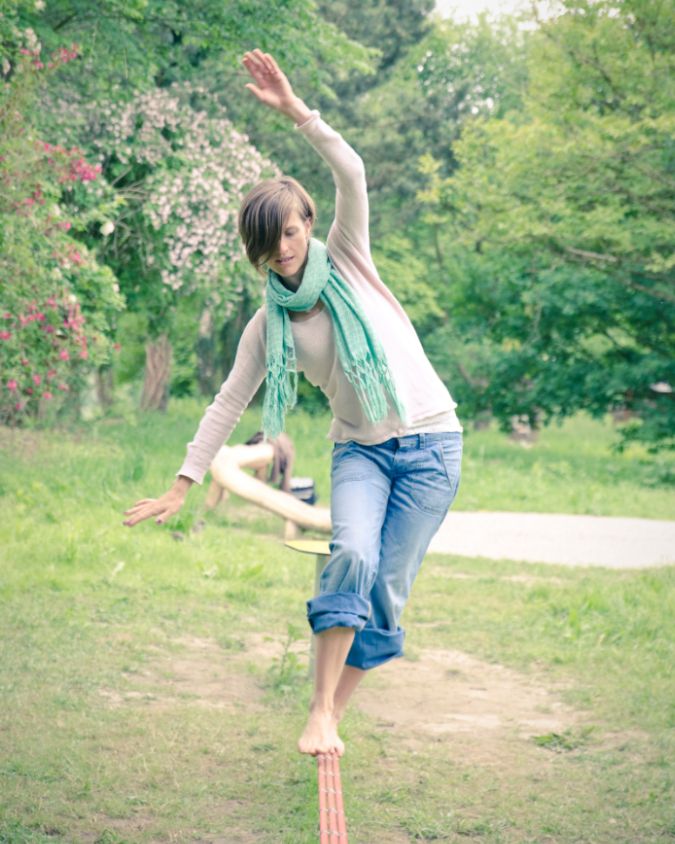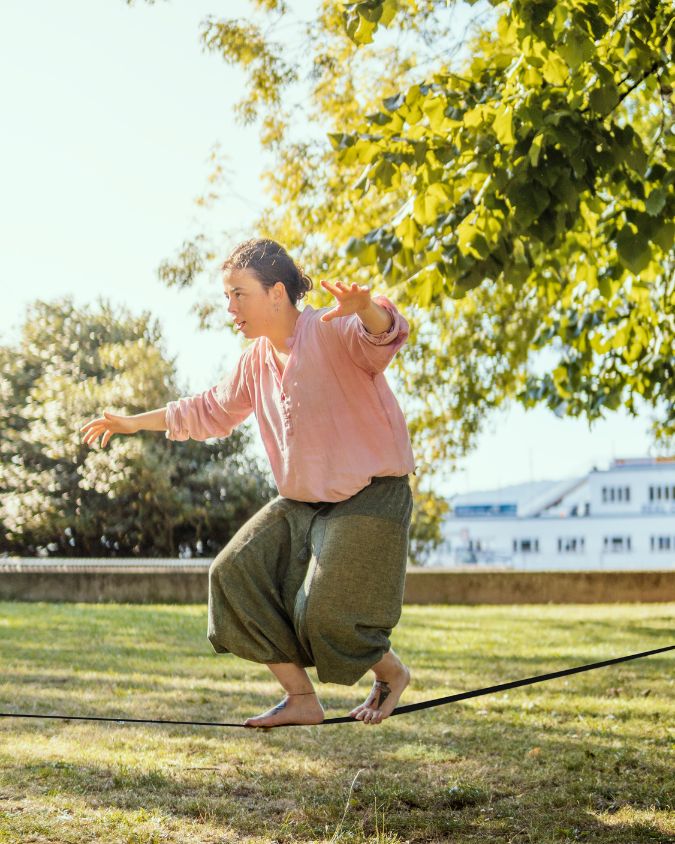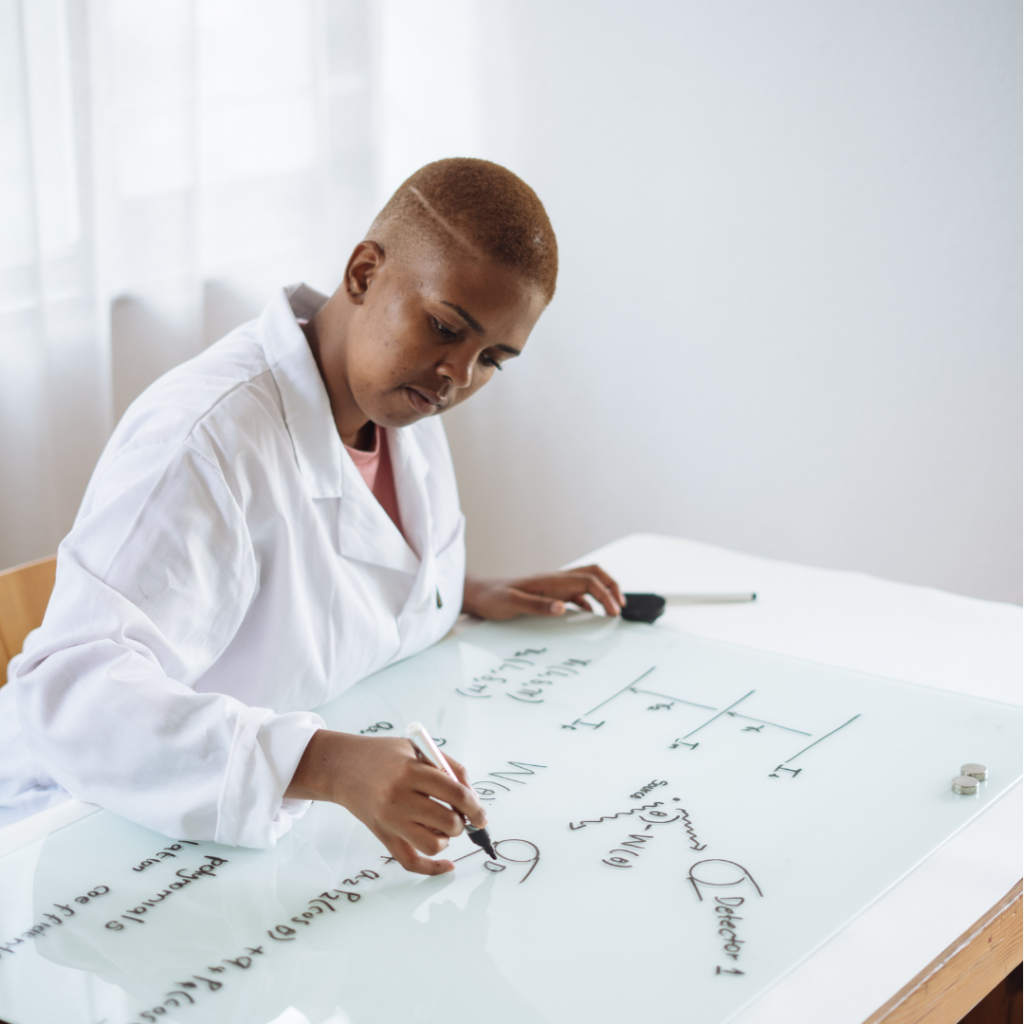The Second Half of Your Education
This summer, I was asked to give the commencement address for Class 38, the newest graduates from Academy for Five Element Acupuncture. I was honored to address these truly vibrant humans at an important crossroads of their lives—and decided that the moment was valuable enough to share with all of you.
THE SECOND HALF OF YOUR EDUCATION
Recently I was listening to a doctor, an MD—a wonderful guy—who had been in practice about 20 years, speaking about how he felt on the day of his graduation from medical school. He talked how proud and happy he felt, how clear and confident, knowing everything that he needed to know in order to be able to help people. He felt prepared. He felt like, “This is it. I don’t need to learn more. I just need to apply the complete knowledge that I have already received.”
Now, I have noticed that graduation day for Five Element acupuncturists does not usually feel similar. Isn’t that interesting? I will state right up front, that I don’t believe that this is a fault in Five Element acupuncture schools, or Five Element acupuncture training, which becomes clear when we look at the situation twenty or even ten or even five years later.
The first five years of practice for this very confident young doctor was a portrait of the slow deconstruction of confidence, as he discovered that the map is not the territory, and that attempting to helping his clients go from illness to wellness was not a paint by numbers proposition.
As he moved closer to the ten year mark, there had been a gradual erosion of confidence into a sense of helplessness that had to precede humility, and an openness to learning what he hadn’t realized that he didn’t know on his graduation day.
That’s when the second half of his education began—when he stepped into the unknown, wondering how to become not just a textbook technician but a healer.
Ten years later after admitting that he still had a lot to learn, this doctor did learn subtlety, nuance, and how to stand among shifting sands. He learned more and more about engendering wellness, rather than spending all of his time trying to get people out of health catastrophes, and into tolerable chronically ill states of living on medication with various side effects. The study of wellness—and where it comes from—is what gradually, over the next ten years, made this doctor wise enough to be able to have a very good conversation with an acupuncturist. I think that’s a tremendous accomplishment.
Now a Five Element acupuncturist, on the other hand, has a different journey. The average Five Element acupuncturist reaches their graduation day often already feeling on the humble side, and definitely feeling like there’s a lot more to learn between here and true mastery.
This is great, because compared to a medical student, it cuts 10 years off of the journey of beginning the second half of your education. Hooray!
The first half of our education as practitioner is an inheritance and an upbringing. Basically, a whole lot of people tell us what to do and what to think. I’m sure there have been some very good ideas in there. I made my contribution, and I hope it was worthwhile. But the teachings, techniques, books, lineage, tradition, tests and standards really are only half of our education.
The other half is our messy yet vital uncharted creative response to what shows up in our treatment room. Trying to meet it with just what you’ve learned is not enough. You are going to have to get respectfully weird—respecting the tradition, but going places with it that no one has gone before, because you are the bridge between tradition, and now. You are not like anyone else, and now is not like any other time in history, especially medical history.
If I were to suggest one memorable phrase to keep in mind as you navigate this moment in medical history, the phrase that I would have you remember is: “Health does not need to be reverse engineered.”
What I am referring to is so commonplace that it is accepted as reality, when actually it is absurdity. People who are ill are analyzed, part by part, to detect what is measurably wrong with them—and then an attempt is made to correct each test result until it matches the right number, by adding a little of this or getting rid of a little of that. Sometimes we have to jigger different parts to get them all to fit—it’s kind of like working a Rubik’s cube:
It’s neuro inflammation. It’s over methylation.
It’s estrogen failure. It’s a vitamin B 12 deficiency.
Especially functional medicine, which is setting itself up to be either Chinese medicine’s best friend or worst enemy, reverse engineering health—rather than fostering the roots of homeostasis—is increasingly reaching the level of brilliance.
What I mean by reverse engineering health is: They have estrogen failure, give them estrogen. They have a vitamin B 12 deficiency, give them vitamin B 12. They have kryptopyrrole, which means that they are peeing out excessive amounts of B6 and zinc, so give them lots of B6 and zinc.
People who work in modalities like functional medicine where they are reverse engineering health have really startlingly positive, immediately beneficial results. You just put the client on something that has been missing, or put them on something else that interrupts something that they have too much of, and immediately they feel so much better.
It’s amazing—and it might be a good idea in the short term to keep someone out of the ER, or to give them a window of opportunity to address what is really going on—namely that on some level, there is a lack of integrity leading to an inability to recover from an imbalance.
Homeostasis is what allows us to recover when we go out of balance. But what strengthens, or weakens, homeostasis?
Health comes from integrity. It’s ecological. It’s a whole system thing. We do not become healthy from adjusting separate parts. In fact, the greatest peril of reverse engineering approaches to health is that it does not actually promote homeostatic capacity. The central rubber band of systemic integrity that holds the person together does not get stronger. In fact, sometimes it gets weaker.
You are entering the healing profession at a time when the crucial concept of homeostasis is being taken for granted without being understood. Western medical modalities make swift and dramatic interventions that appear to be almost magical in their efficacy. The missing perspective emerges later, when as the doctor in my early example experienced, we notice that people who have been rescued by health reverse engineering don’t fully get well—and they become increasingly mysteriously ill in chronic ways that are more and more puzzling and hard to diagnose.
The problem is that the person’s own homeostatic capacity, instead of being supported to create greater and greater systemic integrity, has been worn down to the point of collapse by being asked to adapt to more and more inexact interventions—interventions that have been helpful in some ways, but which have been small yet cumulatively drags on the client’s system, by asking them to keep adapting to fixes that are not addressing root cause—and root cause is always some failure of homeostasis, or the client would just get well on their own.
This is where you come in, because this is your ace. Your training is all about how to foster healing itself—how to support a person’s ability to return to homeostasis, over and over again, no matter what life throws at them, and no matter how out of balance they have been. You don’t have to reverse engineer anything—you are supporting the actual wellspring of health itself.
Health is a naturally occurring byproduct of the integrity of the whole system, starting with the most important thing which is—
What do you think it is? Do you want to guess? What is the most important thing, as the starting point for integrity?
It’s a trick question.
Beware of considering anything the most important thing in a holistic modality!
Even CF, Constitutional Factor. The CF is only important by virtue of being the most holistically relevant thread of integrity linking together every aspect of the client’s being, body mind and spirit.
Don’t forget, there was a time before there was such a thing as CF or Constitutional Factor in the Worsley 5 Element tradition. I know people who were there on the day it was “invented.” All Worsley was trying to do was make it easier—much, much easier—for practitioners to identify the wellsprings of integrity in a person, so as to support their own homeostatic capacity—their ability to recover organically and holistically from anything.
You got that? That is what you have been trained to do for a living, so you’d better not be confident! You’d better feel like you’re flying through the air from one trapeze to the next, searching for the next real and valuable thing to hang onto, because that is the open capacity of beginner’s mind. I hope your heart is quaking with the intense hope that you really will be able to help people. And I hope that you don’t feel like you know it all, or even like you’re sure that you’ve got what it takes to do this job well, because then it’s just going to take ten extra years to start on the second part—the most important part—of your education.
So here’s a heads up:
For the second half of your education, there will be some Final Exam questions, and hopefully it will be an oral exam because I want to hear all about it:
- What have you learned—from your clients and from your clients—about integrity, especially in the face of adverse life experiences?
- What have you discovered—or even just barely begun to notice—about how to support your clients’ capacity to recover their balance with their own increasing homeostatic strength?
- How do you compete—or can you collaborate explicitly—with modalities that make a big immediate rescue, but then leave the client’s system more muddied and disjointed and prone to chronic illness in the long run?
- How do you speak to your clients about their choices in health care, and their trade offs?
- Have you found ways to support your clients to have the best of both worlds, as they surf the waves of imbalance in both life and healthcare, so that the net result is some utterly unforeseen, totally jazz form of integrity?
Let’s meet in twenty years to talk this over. Or better yet, let’s not wait twenty years; let’s start talking about it, and keep talking about it, for the next twenty years and more.
Congratulations, you guys, on starting the second half of your education.
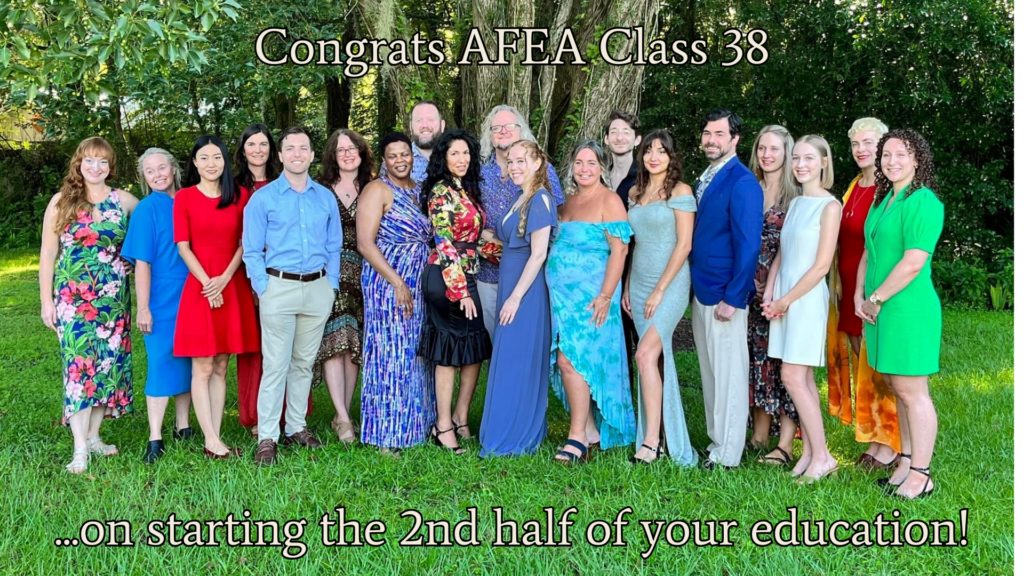
For more Earth element resources, check out our Seasonal Resources page for Late Summer.
To join the discussion, find us on my Perennial Medicine discussion listserv (all are welcome)
